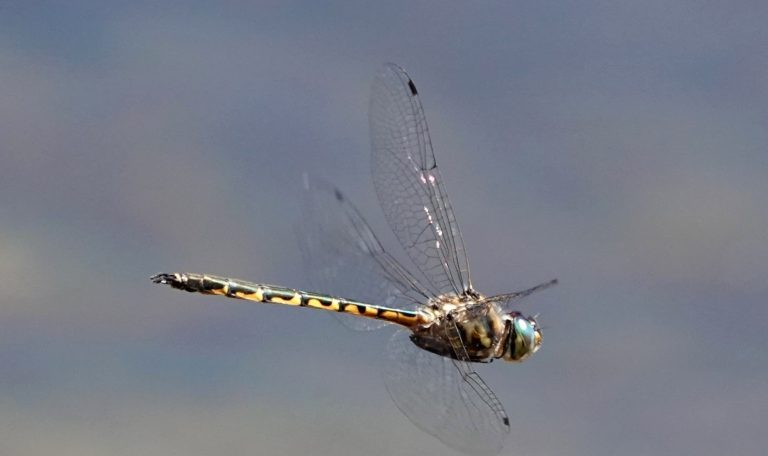
Report on Dr Chris Burwell’s talk – Chasing Dragons and Damsels in SEQ, held 15 July 2024
Dr Chris Burwell is the Senior Curator of Insects at Queensland Museum. Chris received his entomological training at The University of Queensland where he graduated with an Honours degree and was awarded the prestigious University medal in 1988 and a PhD in 1995.At the July meeting Chris introduced the recently published Dragonflies and Damselflies of SE Queensland, which is Published by the Queensland Museum in partnership with the Queensland Naturalists’ Club Inc. The late Deniss Reeves was honoured at the meeting, and we note with thanks his kind bequest which assisted in making this field guide become a reality.
Dr Burwell acknowledged and thanked members of Deniss’s family who attended the presentation and were presented with copies of the Museum Guide.
Many QNC members will remember Deniss Reeves, who was devoted to raising community awareness and understanding about his beloved dragonflies and damselflies. Deniss was a prominent and active member of the Queensland Naturalists’ Club from1968 to 2017 and served as President on three occasions.
In 2013 he donated his collection of over 4,800 specimens of Odonata to the Queensland Museum, with QNC contributing to cabinetry to house the collection. In addition, Dennis’s stunning photographs of dragonflies and damselflies in their natural habitat have featured in many field guides, including Wildlife of Greater Brisbane, published by the Queensland Museum Network.
In 1999, Deniss’s significant contribution to the world of entomology was rewarded when the Queensland Pin Damselfly, Eurystica reevesi, was named in his honour. Chris Burwell then took us on a very interesting journey into the Odonata of south-east Queensland, illustrated with beautiful photography.
Dragonflies, together with damselflies, belong to the insect order Odonata. Dragonflies are classified in the suborder Anisoptera, while damselflies are classified in the suborder Zygoptera. Dragonflies are generally stouter-bodied than damselflies and have larger eyes that either meet in the middle of the head or are narrowly separated. When perched, almost all dragonflies have their wings outspread, held flat or angled downwards and forwards. Only one dragonfly species in SEQ perches with its wings clasped together above the abdomen. Dragonflies have dissimilar shaped wings, with the hindwings having much broader bases than the forewings.
A total of 77 species of dragonflies have been recorded from south-east Queensland. Of these, 73 species are divided among seven different families. The other four species are currently not assigned to a particular family. South-east Queensland (SEQ) is treated as the area from Noosa Shire south to the Gold Coast and Scenic Rim and west to the Lockyer and Somerset regional councils.
